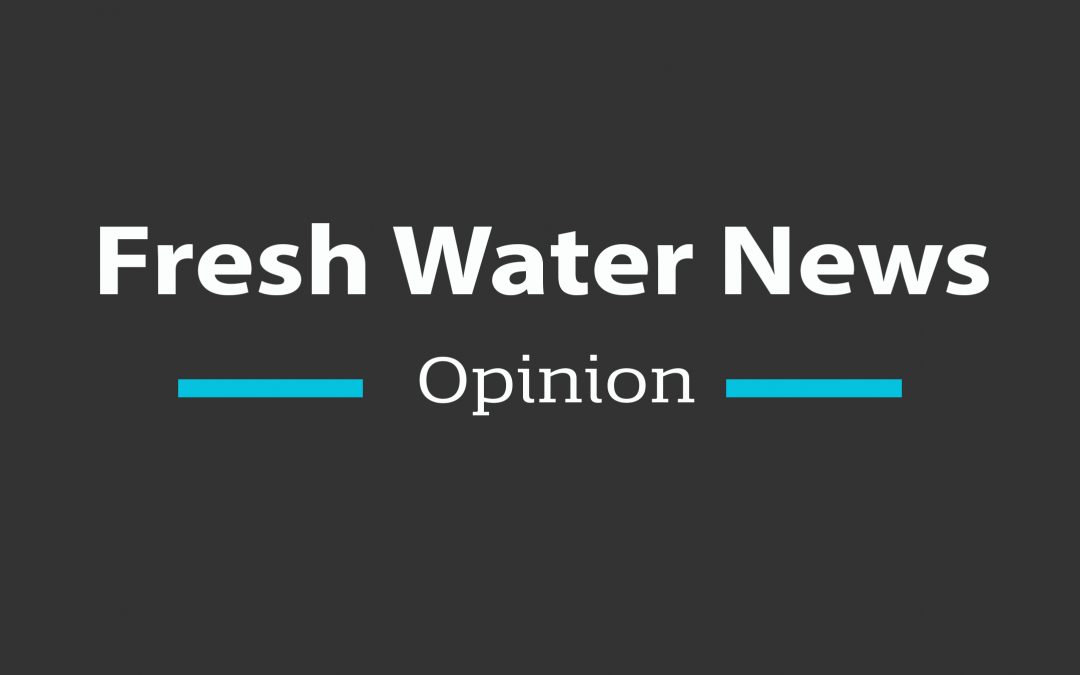There’s a serious problem in Colorado’s San Luis Valley. Farmers and ranchers in Subdistrict 1, located north of the Rio Grande River in the central portion of the valley, are pumping more water from the ground than is being replenished.
Drought and climate change have made the circumstances worse. The situation is unsustainable and worrisome for local agricultural producers who have made the valley their home, most of them for multiple generations.
This is the reason the San Luis Valley’s largest groundwater subdistrict, known as Subdistrict 1, has set aggressive goals to reduce groundwater pumping in the coming years. The intention is to use less water to ensure the unconfined aquifer is restored to a sustainable level, as required by state law, while keeping agriculture as productive as possible. As reported by The Colorado Sun and Fresh Water News, Subdistrict 1’s proposed plan, which was approved by the state engineer, will only allow groundwater pumping that is fully replaced by surface water supplies.
Unfortunately, this same story — “Cost to water crops could nearly quadruple as San Luis Valley fends off climate change and fights with Texas and New Mexico” published Feb. 7 — falsely reported that this is also an interstate issue, among other inaccuracies. This is where we would like to set the record straight.
The story falsely claims that the efforts to restore the aquifer in Subdistrict 1 are somehow also tied to staying in compliance with the Rio Grande Compact — an agreement that requires Colorado to send a certain amount of water downstream to New Mexico and Texas each year. The article falsely stated that a drop in the aquifer in Subdistrict 1 could endanger the supplies flowing in the Rio Grande, which could cause Colorado to fall out of compact compliance.
To suggest that there is even a remote risk that Colorado may be pushed out of compliance with its compact obligations due to a drop in the aquifer in Subdistrict 1 is unfounded and simply untrue. That is not how this local water system works. The unconfined aquifer in Subdistrict 1 is mainly within an area known as the “Closed Basin.” By definition, that means there is limited interaction between this specific aquifer and the Rio Grande.
The unconfined aquifer in this area has seen significant declines in groundwater levels since 2002, yet Colorado has not failed to meet its compact obligations during that time period. In fact, Colorado has never come close to being out of compact compliance during that time. Subdistrict 1 is required by the state engineer, and by its own water management plan, to ensure that they replace any injurious depletion to the Rio Grande or the compact due to their groundwater pumping. They have fully met those obligations since the formation of the subdistrict, even during the years when the aquifer dropped significantly.
In addition, Subdistrict 1 has the added requirement of keeping an emergency portfolio of water and funds in order to ensure continued replacement of water to the river even in the event that the subdistrict ceases to exist.
The Fresh Water News article also shows a fundamental misunderstanding of how Colorado manages its Rio Grande Compact obligations. Essentially, the state of Colorado, depending on the year’s flows, must send a portion of the rivers’ water to the state line. The level of the unconfined aquifer in Subdistrict 1 is immaterial to the flow at the state line, and any suggestion otherwise is misleading and uninformed.
Water managers in the Rio Grande Basin are already under great pressure to work collaboratively to restore aquifer levels. We do not need added pressure from the downstream states worrying about an unfounded risk of Colorado falling out of compliance with the Rio Grande Compact.
This inaccurate reporting also impacts local farmers and ranchers, who are already greatly concerned about the possibility of a widespread well shutdown in Subdistrict 1 if the aquifer cannot be restored to sustainable levels.
There are plenty of newsworthy aspects to what is happening in the San Luis Valley. The state’s Division of Water Resources, along with the Rio Grande Water Conservation District, Water Conservancy Districts and our agricultural producers are working hard and with intent to tackle the tough and sometimes heart-rending issues with the aquifer in Subdistrict 1. However, the outcome of these sustainability efforts by water users in the San Luis Valley will not trigger noncompliance with the compact by Colorado, and reporting the contrary is false.
Craig Cotten is the division engineer for Division of Water Resources, Division 3. Heather Dutton is the general manager of the San Luis Valley Water Conservancy District. Amber Pacheco is the deputy general manager of the Rio Grande Water Conservation District. Nathan Coombs is the general manager of the Conejos Water Conservancy District.
Editor’s note: The Feb. 7 story was previously updated and corrected.


 Print
Print